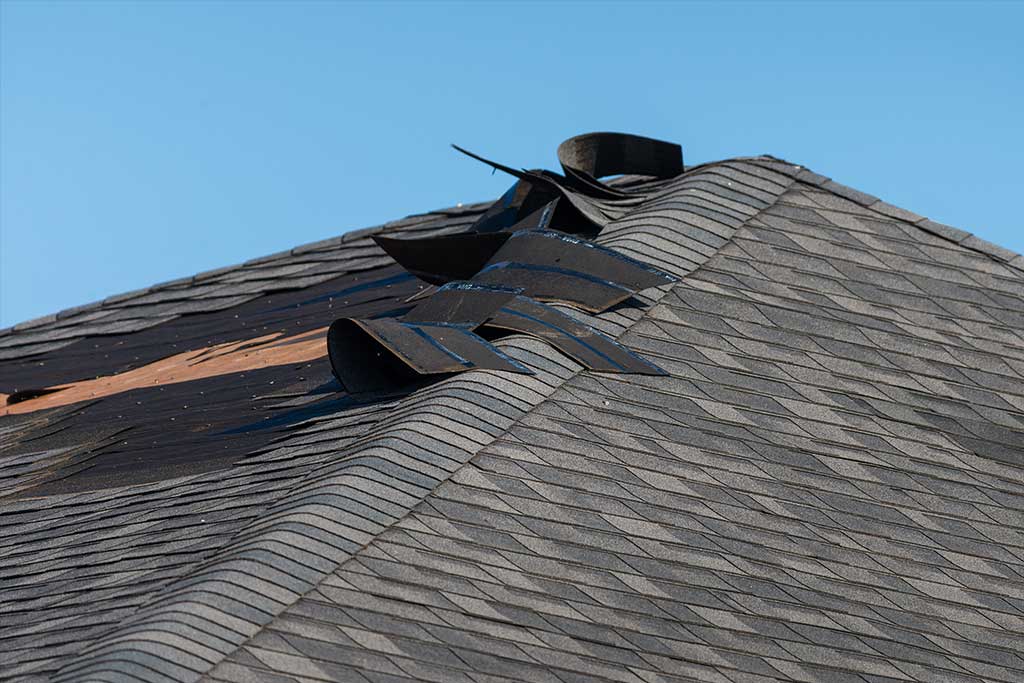Roof ventilation is one of the most overlooked yet essential components of a healthy roofing system. While many homeowners invest in durable shingles and professional installations, they often fail to consider how roof ventilation directly impacts shingle lifespan, energy efficiency, and indoor comfort. Whether you’re planning a new roof or evaluating your current setup, understanding how a roof ventilation system works and why it’s important can save you thousands in premature repairs or replacements.
In this article, we’ll walk you through the function of proper attic ventilation, the roofing ventilation benefits you should know, common vent types, and how to prevent the damaging effects of poor roof ventilation.
Why Roof Ventilation Matters More Than You Think
When we talk about ventilation, it’s not just about letting air in and out. A properly designed roof ventilation system ensures a continuous flow of air through the attic, which helps regulate temperature and moisture levels. This airflow is essential for maintaining not only the integrity of the roof structure but also extending the life of your shingles.
Without proper roof ventilation, your attic becomes a trap for heat and humidity. Over time, this buildup can warp decking, encourage mold growth, and bake your shingles from underneath—causing them to deteriorate faster than expected.
How Roof Ventilation Works: The Science Behind Airflow
The basic principle of how roof ventilation works is rooted in physics: hot air rises. A good roof ventilation system uses a combination of intake vents (typically located near the soffits or eaves) and exhaust vents (usually positioned at or near the ridge of the roof). This setup creates a natural convection current that pulls cooler air in through the lower vents and pushes hot, moist air out through the upper vents.
This exchange helps to improve attic airflow, maintain moderate attic temperatures, and prevent the heat buildup that can shorten the lifespan of your roofing materials.
The Connection Between Roof Ventilation and Shingle Lifespan
One of the most compelling reasons to invest in proper roof ventilation is to extend shingle life. When your attic overheats due to inadequate airflow, the temperature can soar above 150°F in the summer. This excessive heat cooks your shingles from the inside out, causing them to curl, crack, and degrade long before their expected service life.
Moreover, moisture from indoor activities like cooking, bathing, or even breathing can accumulate in a poorly ventilated attic. Trapped moisture can seep into the decking and underlayment, weakening the entire roofing system and causing rot and mold that further shortens shingle lifespan.
The Hidden Costs of Poor Roof Ventilation
The effects of poor roof ventilation are not always immediate, but they can be devastating over time. Here’s what happens when ventilation is ignored:
- Premature Roof Aging: Heat and moisture speed up the breakdown of asphalt shingles, leading to leaks and early replacement.
- Mold and Mildew: Trapped moisture creates a breeding ground for mold, affecting indoor air quality and structural safety.
- Higher Energy Bills: An overheated attic radiates heat downward, forcing your HVAC system to work harder and increasing your cooling costs.
- Ice Dams in Winter: Poor ventilation can cause snow on the roof to melt and refreeze at the eaves, forming ice dams that damage shingles and gutters.
These hidden costs add up quickly, making roof ventilation not just a maintenance concern but a financial priority.
Types of Roof Vents and How to Choose the Best One
Choosing the best roof ventilation for your home depends on several factors including your roof design, climate, and attic size. Here are the most common roof vent types:
Ridge Vents
These run along the peak of your roof and provide a continuous exhaust path. Ridge vents are unobtrusive, efficient, and work well when paired with soffit vents.
Soffit Vents
Installed under the eaves, soffit vents serve as intake vents, drawing in cooler outside air. When combined with ridge vents, they offer a balanced and effective system.
Gable Vents
Mounted in the gable ends of the attic, these vents use natural wind flow to circulate air. They are typically used in older homes but can supplement other systems.
Roof Louvers
Also known as box vents or static vents, these are installed near the roof ridge and rely on natural convection. They are a cost-effective solution but may require multiple units for large attics.
Turbine Vents
These spinning vents use wind to pull hot air out of the attic. Though effective, they are more mechanical and can wear down over time.
Powered Attic Fans
These electric or solar fans actively pull hot air out of the attic. While powerful, they must be properly installed to avoid creating negative pressure that pulls conditioned air from inside the home.
When considering ridge vent vs soffit vent, a balanced system is best. Intake and exhaust must be equal in volume to prevent negative pressure zones that disrupt airflow and potentially draw in moisture.
Best Practices for Ensuring Proper Roof Ventilation
If you’re wondering whether your home has proper roof ventilation, here are a few best practices to follow:
- Evaluate Air Intake and Exhaust: Ensure that your attic has both intake and exhaust vents and that the airflow between them is unobstructed.
- Keep Vents Clear: Check periodically to make sure vents are not blocked by insulation, debris, or bird nests.
- Size Your Ventilation System Properly: Building codes typically recommend 1 square foot of ventilation for every 150 square feet of attic space. Consult a roofing professional to calculate your needs.
- Inspect for Moisture: Regular attic inspections can reveal signs of condensation or mold, both indicators of poor ventilation.
- Integrate with Insulation: Good ventilation works hand-in-hand with attic insulation to regulate temperature and humidity.
Ventilation for Asphalt Shingles: Special Considerations
Asphalt shingles are the most common residential roofing material in the U.S., but they are also especially vulnerable to heat buildup. That makes ventilation for asphalt shingles particularly critical.
Without proper airflow, the heat trapped in the attic can cause the adhesive in the shingles to deteriorate, granules to fall off, and the shingle to lose its water-resistant properties. Installing or upgrading ventilation in an asphalt-shingled roof can preserve its integrity, maintain warranty compliance, and improve overall energy performance.
When to Call a Professional
Roof ventilation isn’t always visible from the ground, and the average homeowner may not know what to look for. If your attic feels unusually hot, you notice higher energy bills, or you see signs of shingle wear, it may be time to call a roofing expert.
A professional inspection can identify airflow issues, recommend the appropriate roof vent types, and ensure your roofing system meets both manufacturer guidelines and local building codes.
Conclusion: Protect Your Roof by Prioritizing Ventilation
Your roof is your home’s first line of defense against the elements, and ventilation is its silent protector. Investing in a well-designed roof ventilation system not only enhances your home’s energy efficiency but also significantly extends the lifespan of your shingles. Ignoring ventilation can lead to costly consequences—from premature roof failure to mold growth and sky-high utility bills.
Don’t wait until you see the damage. Take proactive steps now to improve attic airflow, control moisture, and protect your investment for the long haul.

